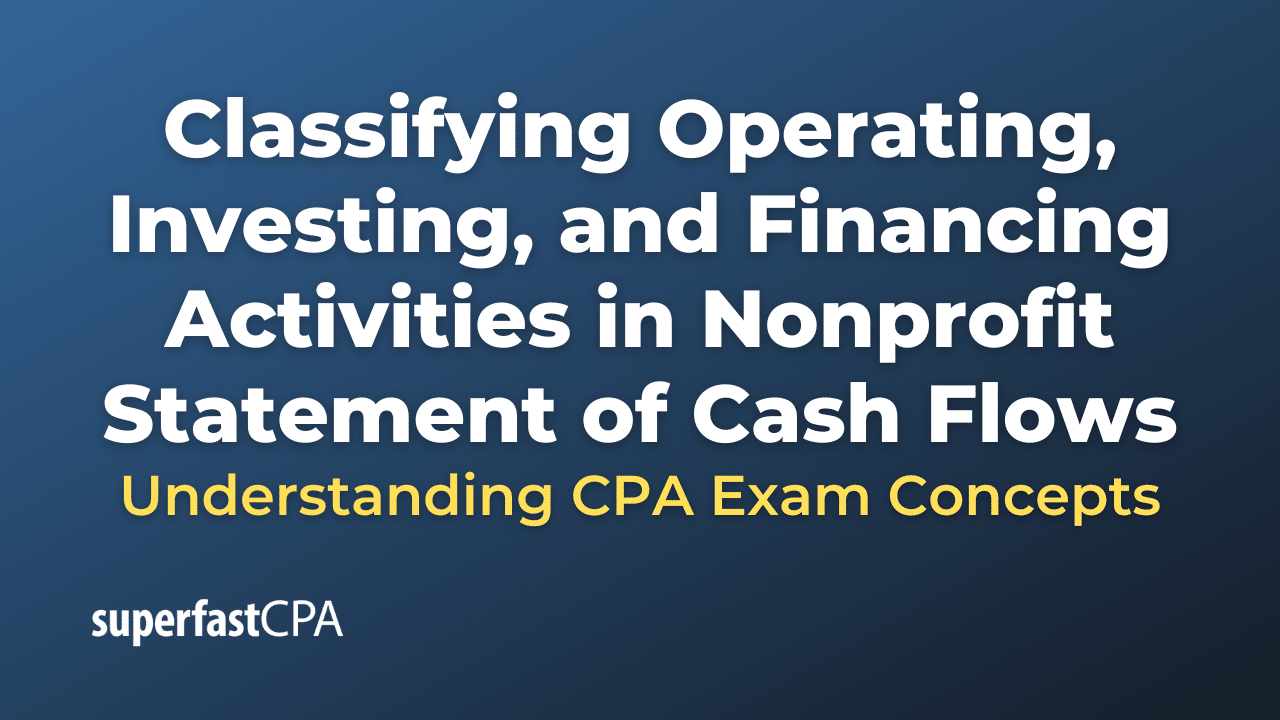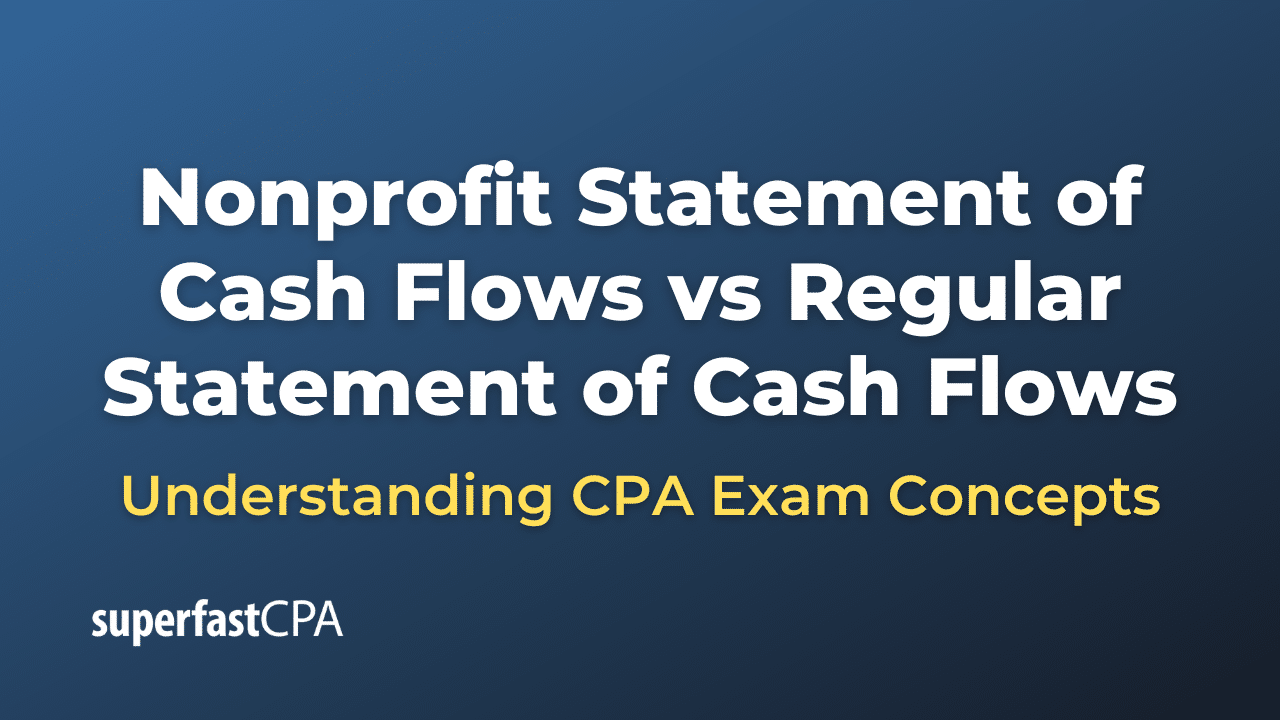Deferral
In accounting, a deferral refers to the delay of the recognition of an expense or revenue to a future reporting period. This practice is in line with the accrual basis of accounting and the matching principle, which states that revenues and associated costs should be recognized in the same accounting period.
There are two main types of deferrals:
- Deferred Expenses (Prepaid Expenses): These are payments for goods or services that have been made, but not yet fully consumed or used. For example, if a company pays in advance for a year’s worth of rent, it would initially record the entire amount as a deferred expense (an asset). Then, as each month passes, it would recognize a portion of the expense on the income statement, while reducing the deferred expense account. At the end of the year, all the rent expense would have been recognized, and the deferred expense would be zero.
- Deferred Revenues (Unearned Revenues): These are payments received by a company for goods or services that have not yet been provided. For example, if a magazine company receives a payment for a one-year subscription, the amount received is initially recorded as deferred revenue (a liability). Then, as each magazine is delivered over the year, the company recognizes a portion of the revenue on the income statement, while reducing the deferred revenue account. By the end of the year, all the revenue would have been recognized, and the deferred revenue would be zero.
Deferrals help ensure that a company’s financial statements accurately reflect its financial performance and position. Without them, expenses and revenues might be recognized too early or too late, distorting the company’s profitability and financial condition.
Example of a Deferral
Let’s consider an example for each type of deferral:
- Deferred Expense (Prepaid Expense): Suppose a company pays $12,000 in January for a year’s worth of insurance coverage. At the time of payment, this entire amount is recorded as a prepaid insurance expense, an asset account.Then, at the end of each month, the company would record an insurance expense of $1,000 ($12,000 / 12 months) and reduce the prepaid insurance account by the same amount.By the end of the year, the entire $12,000 would have been recognized as an expense, and the prepaid insurance account would be reduced to zero, reflecting that the prepaid service has been fully consumed.
- Deferred Revenue (Unearned Revenue): Now, consider a fitness center that sells a one-year membership for $600 in January. When the payment is received, the company records the entire $600 as deferred (or unearned) revenue, a liability account, because it has an obligation to provide services to the member over the year.Each month, as the fitness center provides services, it would recognize revenue of $50 ($600 / 12 months) and reduce the unearned revenue account by the same amount.By the end of the year, all $600 would be recognized as revenue, and the unearned revenue account would be zero, indicating that the company has fulfilled its obligation to provide services to the member.
In both cases, the deferral process ensures that the recognition of expenses and revenues aligns with the period in which they are actually incurred or earned, in accordance with the matching principle of accounting.














